I am looking at large dynamic circuits and came across an interesting project by ETH Zurich called the rocket logger - https://rocketlogger.ethz.ch/
I am a little confused by their current sensing principle for which they implement a low and high range current sensing application. Please see this picture of the circuit below - full circuit @ https://gitlab.ethz.ch/tec/public/rocketlogger/blob/master/hardware/pcb/Cape/Cape_v1_1.PDF
What is the point of/what is U303B doing? I tried simulating the circuit to understand but as I expected because there is no feedback it drives to it's negative rail to try to get it's negative input to be at ground, which is connected at it's positive terminal.
In short - what is the purpose of it? and why does the resistor divider coming into it's negative input have a capacitor on it? Any help would be greatly appreciated!


